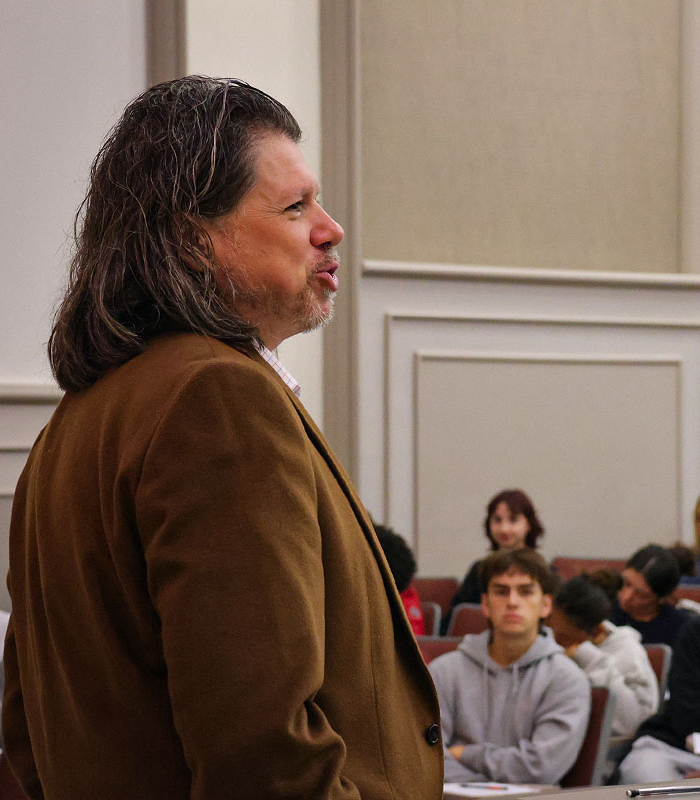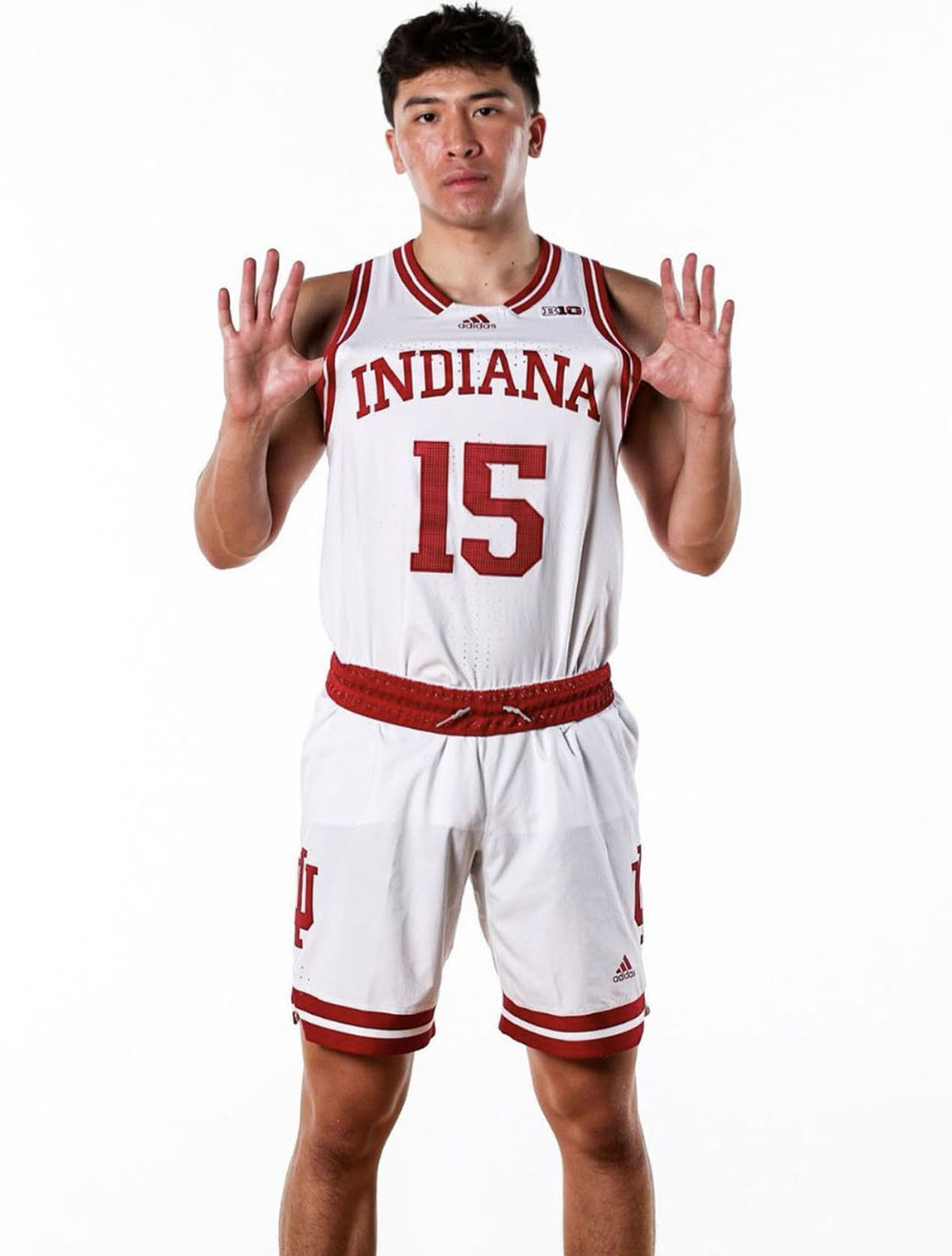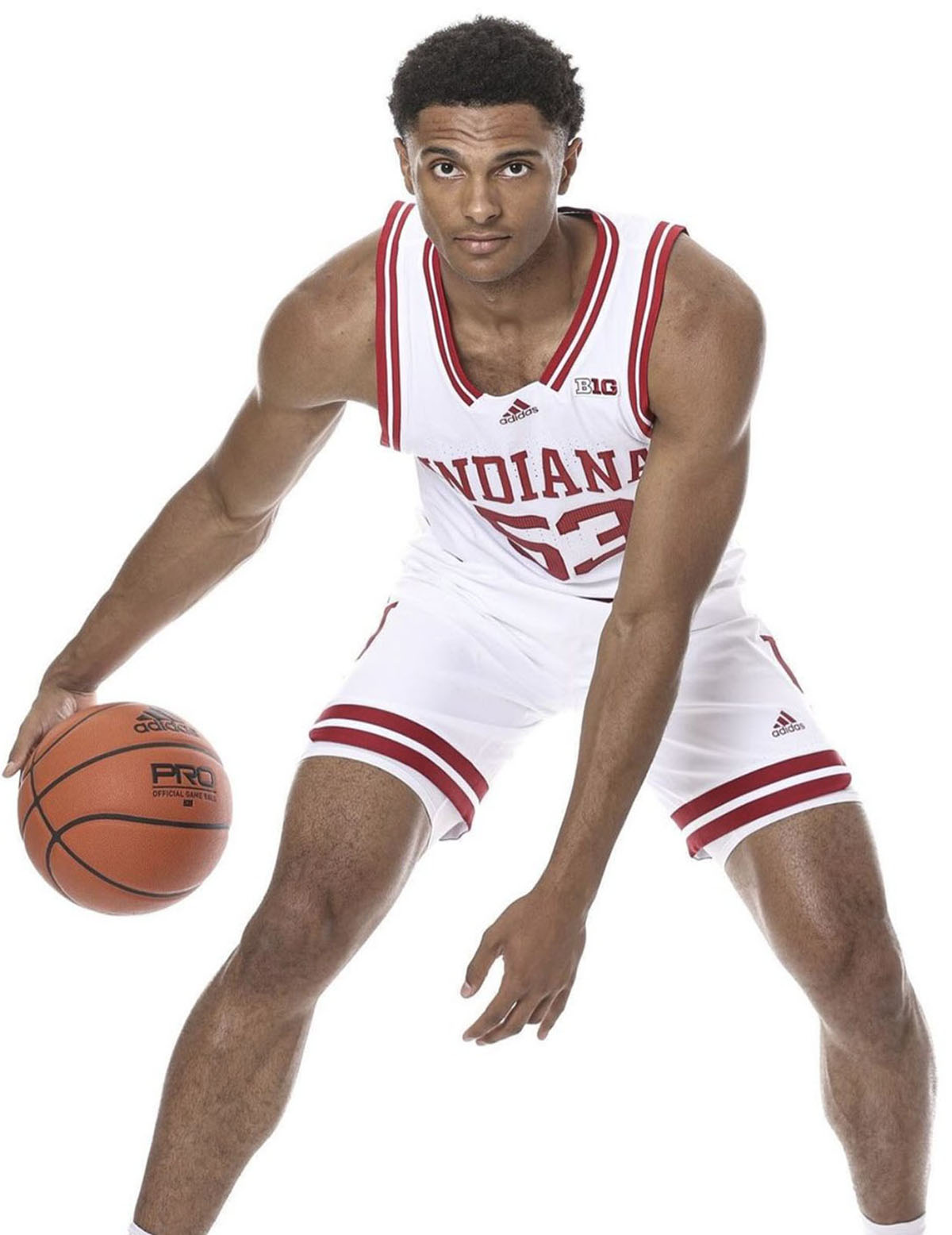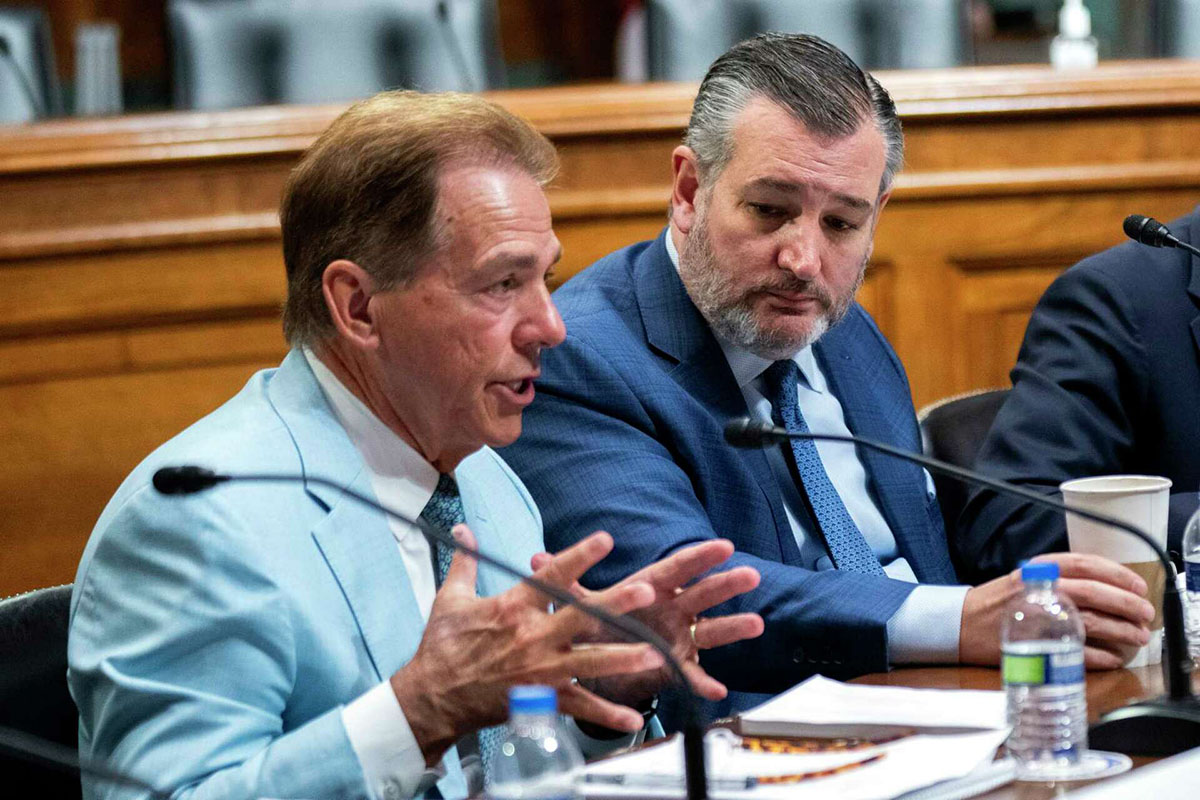
Name, Image, Likeness:The Free Agency Effect on College Athletics
FOR IMMEDIATE RELEASE.
MEDIA CONTACTS
Daniel Stewart
Alexa Plon
The arrival of Name, Image, and Likeness (NIL) agreements has ushered in a transformative era in college athletics as its created an environment reminiscent of professional sports free agency. Since the NCAA allowed student-athletes to monetize their personal brands in July 2021, the landscape of collegiate sports has shifted dramatically, impacting recruitment, athlete management, and financial opportunities.
NIL has opened numerous doors for student-athletes, enabling them to secure lucrative sponsorship deals, partner with brands, and capitalize on their social media influence. This newfound financial freedom has allowed athletes to earn significant income, sometimes reaching six figures annually. A recent survey highlighted that approximately 70% of Division I athletes are engaging in NIL activities, illustrating its widespread growing acceptance.
However, the emergence of NIL has also intensified competition among collegiate programs, turning recruitment into a high-stakes game. Schools are not only competing for the best talent based on athletic performance but also on their ability to offer enticing NIL packages. This shift has prompted athletic directors and coaches to rethink their recruitment strategies, focusing not just on the development of players but also on their earning potential through NIL.

Indiana University of Bloomington’s Professor Dr. Clavio emphasizes the importance of understanding the evolving market. “Most businesses in the NIL world are trying to reach an elusive generation,” he notes. He argues that education is key to maximizing these opportunities: “We should begin teaching students how to effectively use and maximize the potential of social media at the high school level.” By teaching young athletes the skills to navigate NIL, universities can prepare them for its many complexities.
The transfer portal has further complicated this dynamic. With the ability to switch schools more easily than ever, athletes can seek out programs that not only fit their athletic goals but also offer better NIL opportunities. The portal has effectively created a space where top talent can shop for the best deals, making it crucial for schools to present competitive NIL offers to attract or retain athletes. This competition for talent mirrors the dynamics of professional sports, where teams leverage financial resources to secure top players.


Indiana University, basketball players James Goodis and Jordan Rayford are directly experiencing the effects of NIL on their careers. Goodis firmly believes that “money is the biggest factor right now in college athletics,” emphasizing that athletes should be paid in line with their brand value to reflect their worth. On the other hand, Rayford, a transfer from the Air Force Academy, takes a more cautious stance, stating, “you can’t pay players outrageous amounts of money for doing something basic, so the collectives will be more controlled.” This debate highlights the excitement and challenges among athletes as they navigate the balance between sports and entrepreneurship.
The possibility of establishing imbalances among programs is a serious concern as schools adjust to this new reality. Institutions with greater financial resources may have a distinct advantage in attracting top talent, potentially increasing the distance between smaller programs and larger schools with more resources. The challenge lies in ensuring a level playing field, where all athletes have the opportunity to benefit from NIL.

Prominent coaches are weighing in on the effects of NIL on college sports, and few have been vocal such as former Alabama head coach Nick Saban. He has expressed deep concern about the changing dynamics of college athletics, stating, “All the things that I believed in, for all these years, 50 years of coaching, no longer exist in college athletics.” Saban reflects on the core values that once defined the college experience: “It was always about developing players, it was always about helping people be more successful in life.” His comments highlight the increasing challenges athletes face in their decision-making processes, as financial incentives now overshadow traditional priorities in recruitment and player development. This evolution complicates the fundamental mission of college sports, shifting the focus from personal growth to money-making NIL deals.
Furthermore, NIL’s regulatory environment is still changing. As Congress debates potential legislation to standardize NIL rules, the future remains uncertain. Coaches and administrators are aware that the direction of these discussions could significantly impact how colleges navigate this competitive environment. As Saban stated, “We’ve got to figure out how to make this work. It’s important for our players, our programs, and college athletics as a whole.”
As the NIL era unfolds, it is clear that the relationship between college athletics and business is becoming increasingly blurred. The strategies that universities employ today will determine their success in recruiting and retaining top talent in an environment that resembles professional sports more closely than ever before. For student-athletes, navigating NIL will require not only athletic skill but also a strong understanding of business. The connection between NIL and the transfer portal is opening a new chapter in college sports, one that requires everyone involved to be flexible and think ahead.
Interviews were conducted with ordinary people around the college town of Bloomington, Indiana regarding NIL. Community members share their different perspectives on this important issue.
###

